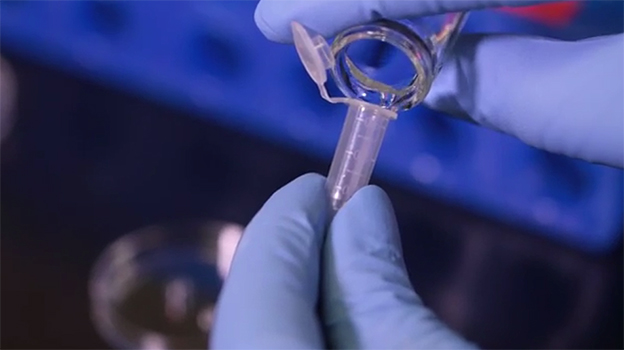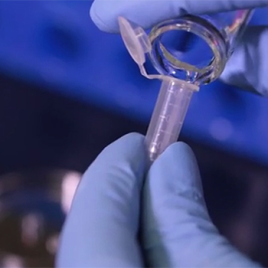
A new way of encapsulating enzymes and other reactants needed for for water testing in a pill could allow inexpensive tests for water contaminants in the developing world. (Photo credit: Matt Terry, Office of Public Relations, McMaster University)
Take a cup a water, drop in a pill and shake it up; if the water turns purple, your well could be contaminated with bacteria. Such test are now possible thanks to a new method for encapsulating enzymes – including those used in lab tests for bacterial contamination – in a material called pullulan, the same stuff from which melt-in-your-mouth breath strips are made.
The technology could help test water for bacteria, metals or other contaminants in places where labs are not easy to access, including developing countries.
Video available here.
Original research paper published in the journal Angewandte Chemie on April 24, 2014.
Names and affiliations of selected authors


